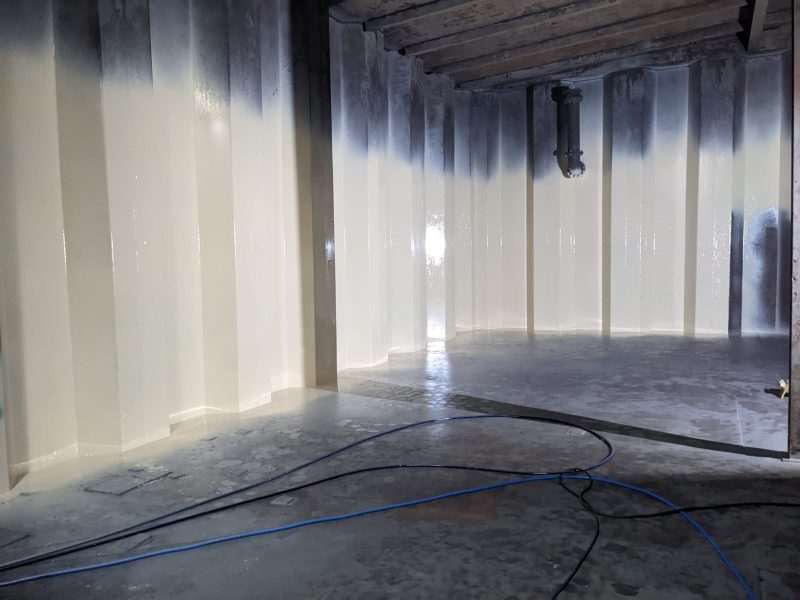Lining Potable Water Tanks is essential for providing safe and clean drinking water to communities. However, these tanks are susceptible to wear and tear, corrosion, and leaks, which can lead to contamination and unsafe water for consumption. One of the most effective ways to prevent contamination and ensure the safety of potable water is by lining the tanks with appropriate coatings. Two popular coatings used for this purpose are polyurethane and epoxy coatings. In this article, we will discuss how and why you would line a potable water tank using polyurethane and epoxy coatings.
Why Line Potable Water Tanks?
Potable water tanks are usually made of concrete, steel, or fiberglass, all of which are susceptible to corrosion, wear and tear, and leaks. When the tanks are not lined, the water can come in contact with these materials, leading to contamination and unsafe water for human consumption. Lining a potable water tank with appropriate coatings ensures that the water remains safe for consumption, and the tank is protected from corrosion, wear and tear, and leaks.
Polyurethane Coatings for Potable Water Tanks
Polyurethane coatings are popular in the coating industry due to their excellent resistance to abrasion, impact, and chemicals. They are also easy to apply and cure quickly, making them ideal for lining potable water tanks. Polyurethane coatings are available in different formulations, including solvent-based, water-based, and 100% solids.
Solvent-based polyurethane coatings are not suitable for use in potable water tanks as they contain volatile organic compounds (VOCs) that can contaminate the water. Water-based polyurethane coatings are safer to use and do not contain VOCs. However, they are not as durable as solvent-based polyurethane coatings.
100% solids polyurethane coatings are the most suitable for lining potable water tanks. They are solvent-free, do not contain VOCs, and are highly resistant to abrasion and impact. They adhere well to different substrates, including steel and concrete, and can be applied in thicknesses of up to 20 mils.
When using polyurethane coatings to line potable water tanks, it is essential to ensure that the coating is NSF-61 certified. NSF-61 is a standard set by the National Sanitation Foundation (NSF) that ensures that the coating is safe for use in potable water tanks.
Epoxy Coatings for Potable Water Tanks
Epoxy coatings are also commonly used to line potable water tanks. They are highly resistant to corrosion, chemicals, and impact, and they are also easy to apply. Epoxy coatings are available in different formulations, including solvent-based, water-based, and 100% solids.
Solvent-based epoxy coatings are not suitable for use in potable water tanks as they contain VOCs that can contaminate the water. Water-based epoxy coatings are safer to use and do not contain VOCs. However, they are not as durable as solvent-based epoxy coatings.
100% solids epoxy coatings are the most suitable for lining potable water tanks. They are solvent-free, do not contain VOCs, and are highly resistant to abrasion and impact. They adhere well to different substrates, including steel and concrete, and can be applied in thicknesses of up to 20 mils.
Just like polyurethane coatings, it is crucial to ensure that the epoxy coating is NSF-61 certified before using it to line a potable water tank.
How to Line a Potable Water Tank Using Polyurethane and Epoxy Coatings
Before lining a potable water tank with polyurethane or epoxy coatings, the tank must be properly cleaned and prepared. The surface must be free of dust, dirt, oil, and other contaminants that can affect the adhesion of

